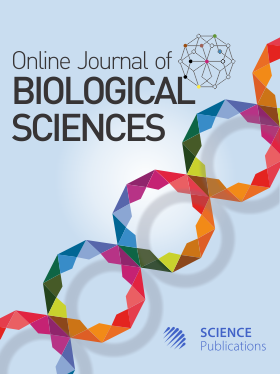Differential Response of Chitosan-Pretreated Rice Cultivars at the Seedling Stage to Drought Stress on Growth and Leaf Metabolites
- 1 Department of Biology, Faculty of Science, Burapha University, Chonburi, Thailand
- 2 Division of Agricultural Technology, Faculty of Science and Technology, Rajabhat Rajanagarindra University, Chachoengsao, Thailand
- 3 Division of Chemistry, Faculty of Science and Technology, Rajabhat Rajanagarindra University, Chachoengsao, Thailand
- 4 Department of Biochemistry, Faculty of Science, Chulalongkorn University, Bangkok, Thailand
- 5 Division of Cannabis Health Sciences, College of Allied Health Sciences, Suan Sunandha Rajabhat University, Samut Songkhram, Thailand
Abstract
The escalating prevalence of drought stress presents a significant obstacle to global rice cultivation, particularly in arid regions affected by climate change-induced water scarcity. Despite extensive research on the efficacy of exogenously applied chitosan in enhancing drought tolerance across various crops, there remains a gap in understanding the differential responses of chitosan-treated rice seedlings among different cultivars and different chitosan concentrations during pre-drought and drought stress conditions. This study aims to address this gap by investigating the effects of chitosan application on the stress responses of four distinct rice cultivars, namely Khao Dowk Mali 105 (KDML105), Suphanburi 1 (SB1), Riceberry (RB), and RD49 during before and drought stress conditions. The study observed significant variations in phenotypic traits, particularly shoot and root weights, among the cultivars, following chitosan treatment (10, 20, and 40 ppm) during simulated drought stress. The results indicate that the application of 10 ppm of chitosan considerably improves the growth of shoots in the KDML105 under conditions of drought stress. This improvement is associated with an increase in the levels of fructose and glucose in the leaves. Chitosan treatment in SB1 showed higher concentrations of amino acids, including proline, that facilitate the development of roots in drought conditions. Conversely, RB and RD49 demonstrated adverse effects on growth parameters, with elevated H2O2 levels indicating oxidative stress. This study highlights the diverse reactions of several rice cultivars to chitosan pretreatment when subjected to drought stress.
DOI: https://doi.org/10.3844/ojbsci.2025.172.185

- 671 Views
- 189 Downloads
- 0 Citations
Download
Keywords
- Chitosan
- Cultivar
- Drought
- Metabolite
- Rice (Oryza sativa L.)
